Al Jazeera has released a six-part ‘Rebel Architecture’ documentary series, which profiles architects from Vietnam, Nigeria, Spain, Pakistan, Israel/Occupied West Bank and Brazil who are using design to tackle the world’s urban, environmental and social crises.
The series uncovers architects who seek to turn away from the elite ‘starchitecture’ of iconic towers and luxury flats, and are willing to tackle the problems of soaring pollution, global inequality, and the explosive growth of informal settlements – even if it means they are cast out by the architectural establishment.
The premiere episode ‘Guerrilla Architect’, for instance, casts an eye on the occupation and the architecture of activism in austerity-hit Spain. In this episode, Spanish self-build ‘legend’ Santiago Cirugeda turns an abandoned factory into a vibrant cultural centre…even though self-building has not yet been legalised in Spain.
The Guerilla Architect:
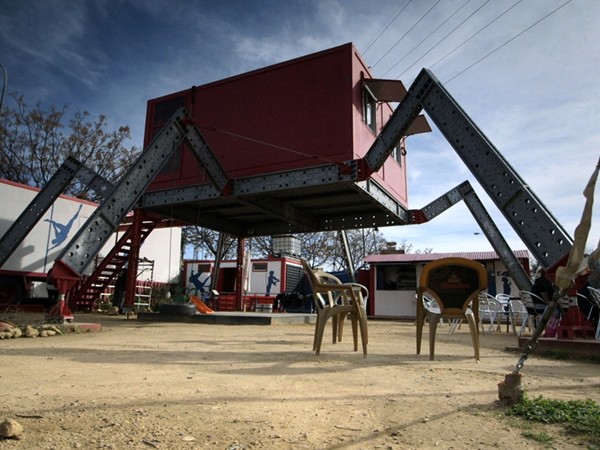
Other episodes include Pakistan’s first female architect Yasmeen Lari who uses local building techniques to rebuild villages in the flood-stricken region of Sindh; Vietnam’s Vo Trong Nghia who attempts to return greenery to his country’s choking cities and architect Kunle Adeyemi who sets out to solve the issues of flooding and overcrowding in Nigeria’s waterside slums.
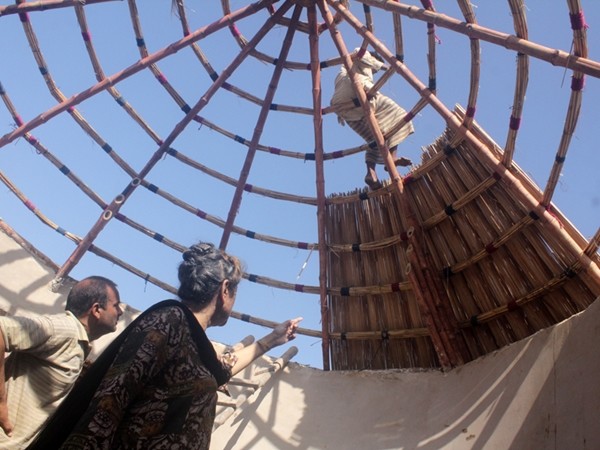
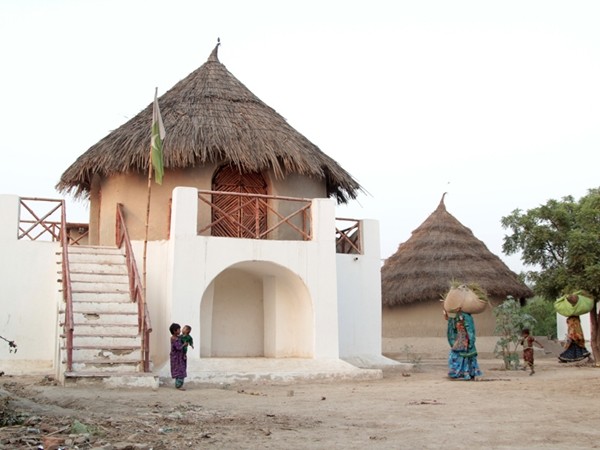
Pakistan: A Traditional Future
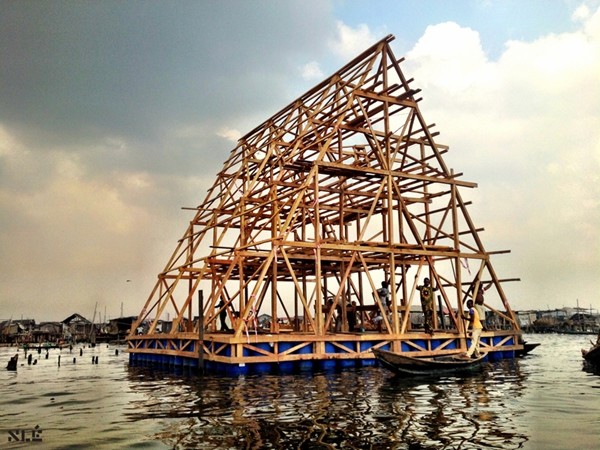
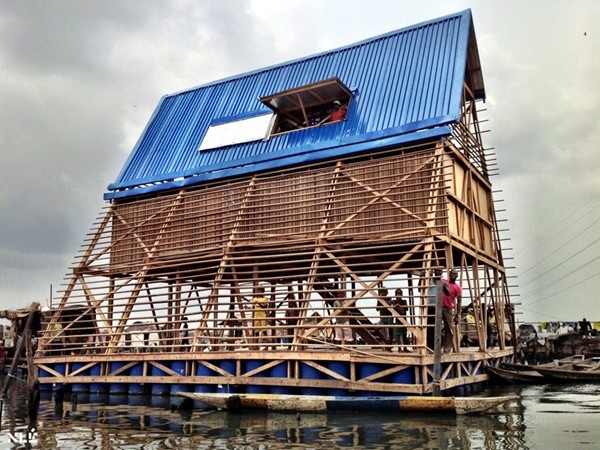
Nigeria: Walking on water
Another timely episode includes ‘The Architecture of Violence’, which is centred on the key role architecture plays to the Israeli occupation of Palestine. In this film, viewers gain an understanding of urban warfare as they are taken on a journey across the settlements and roads of the West Bank and along the Separation Wall.
Israeli intellectual and architect Eyal Weizman meets locals on both sides who talk about how it feels to live in a landscape where everything – from walls and roads, terraces and sewage, to settlements and surveillance – are designed to ensure the separation of the two groups, while simultaneously maintaining control.
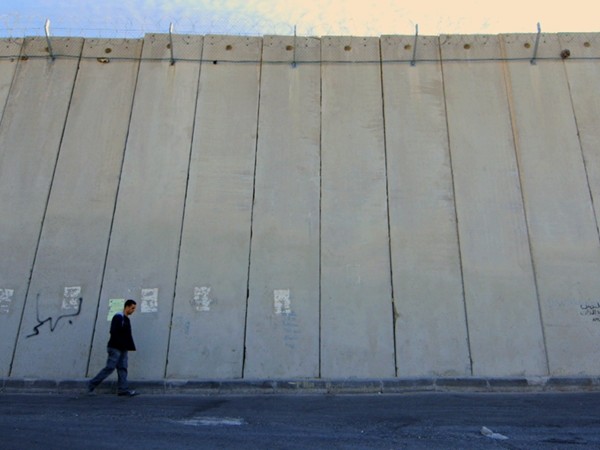
“Architecture and the built environment is a kind of a slow violence. The occupation is an environment that was conceived to strangulate Palestinian communities, villages and towns, to create an environment that would be unlivable for the people there,” says Weizman.
“When violence is enacted through architecture, architecture must somehow rise to resist it.”
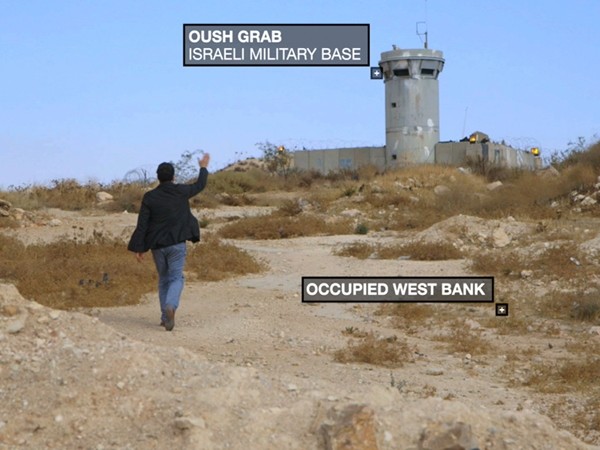
Weizman appears to have found a way for architecture to resist too: in his latest project, Forensic Architecture, ruins and the wounds inflicted on the built environment (e.g. from bombing and shelling) are taken as evidence for the investigation of war crimes with the aid of innovative architectural and visual technologies.
“This series challenges our conceptions of architecture and design, and the way we cover them in the media,” said Giles Trendle, Director of Programmes at Al Jazeera English.
“With surprising and inspiring stories from all over the world, it’s completely unlike any other programme on architecture. “
For more information, please visit www.aljazeera.com/programmes/rebelarchitecture. Watch the first episode HERE.

